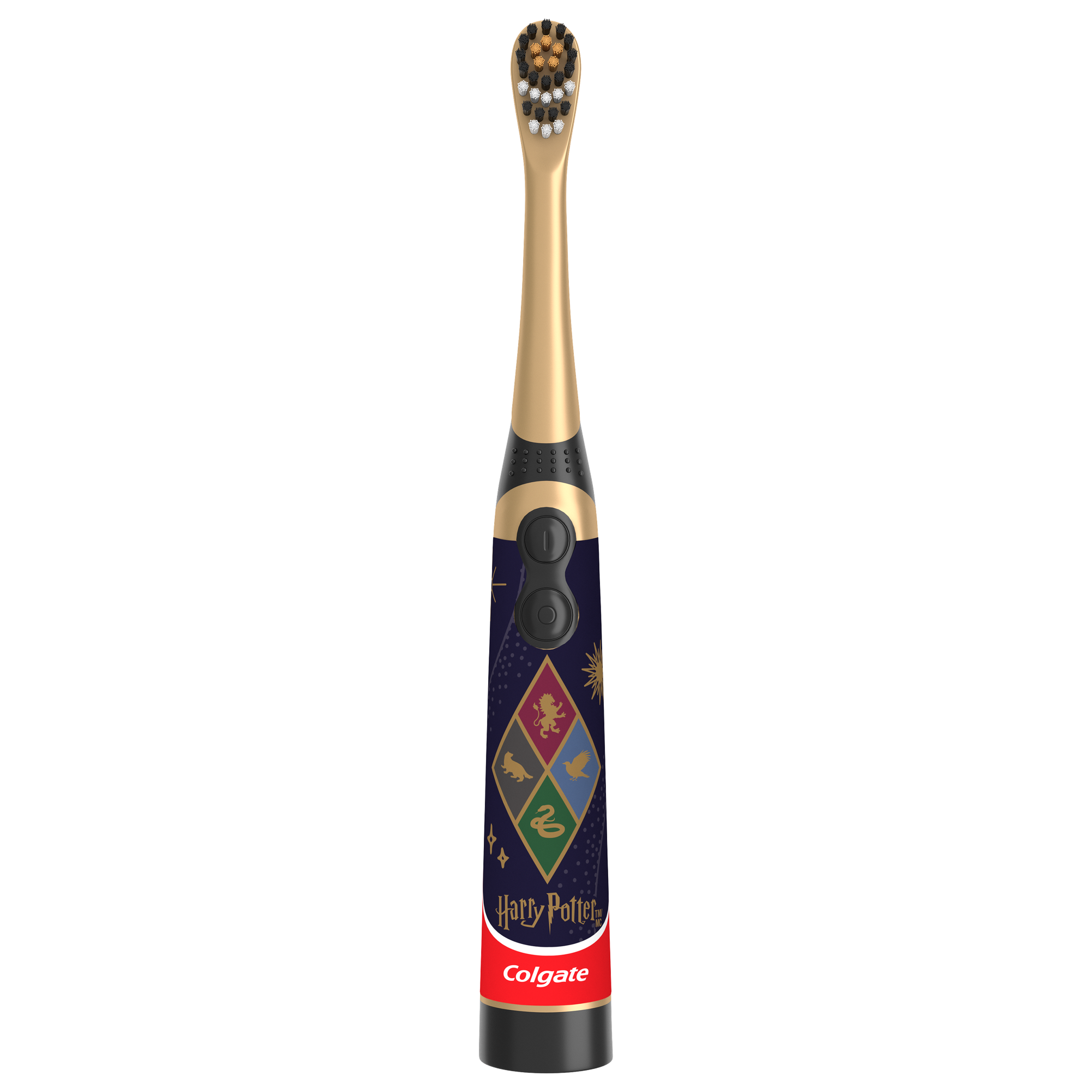The Negative Effects of Gum on Teeth
Unfortunately, lots of popular chewing gums are sweetened with sugar. When your child chews on the gum, this sugar bathes their teeth for long periods of time. Here’s why that’s a problem…
Your kid’s mouth is home to lots of bacteria, some of which can cause plaque. This sticky substance can build up on the teeth, leading to problems like tooth decay, cavities and gum disease. This plaque-causing bacteria loves the sugars in chewing gum as much as your kid does! The more sugar you feed it, the more acid it produces, and the more damage the acid does to your kid’s precious teeth. And because you typically chew gum over an extended period, the exposure to sugar and acids lasts much longer. That makes it even worse than candy!
Then there are some less common – but still undesirable – effects of chewing lots of gum in general. For example, constant chewing can cause jaw pain, while chewing on one side can lead to muscle imbalances in the jaw and uneven wear on the teeth. And if chewing gum is swallowed, it can of course be a choking hazard, and it may cause gastrointestinal issues.
It’s Not All Bad News!
Before you banish bubble gum from your kids’ lives, there is some good news about chewing gum. The act of chewing itself, however, is actually good for your teeth, as it stimulates saliva flow. Saliva is important to a healthy mouth for several reasons:
- It washes away plaque-causing bacteria and food debris.
- It neutralizes the acids that cause tooth decay.
- It restores minerals to the teeth after acidic foods, strengthening enamel and reducing the risk of cavities.
- It freshens the breath, even without minty fresh flavors.
- It helps to kick-start digestion.
Making Gum Work for Your Child’s Teeth
These benefits are not enough to make chewing sugary gums beneficial. When your child chews sugar-filled gum, they are doing their teeth more harm than good as long as there is still sugar or flavor in the gum. If they keep chewing long after the gum has lost its taste, the benefits may win out, but few kids will continue chewing old, flavorless gum when there is a fresh piece nearby.
However, your child can get the benefits of chewing gum by opting for a sugar-free bubble gum, flavored with sugar alternatives like xylitol. Without the sugar to feed on, the bacteria in children's mouths won't produce the same amount of acid, and the increased saliva flow will actually help prevent cavities.
There are many times when your child will have access to bubble gum sweetened with sugar instead of other sweeteners like xylitol. In these cases, you can make your child aware of the dangers of chewing the sweetened gums, and offer to trade them for xylitol-sweetened gum. You can also help them reduce the negative effects of gum on teeth by encouraging them to brush, or at least rinse, after disposing of the gum.
Read more about saliva and chewing gum in the Colgate Oral Care resources.
Oral Care Center articles are reviewed by an oral health medical professional. This information is for educational purposes only. This content is not intended to be a substitute for professional medical advice, diagnosis or treatment. Always seek the advice of your dentist, physician or other qualified healthcare provider.
ORAL HEALTH QUIZ
What's behind your smile?
Take our Oral Health assessment to get the most from your oral care routine
ORAL HEALTH QUIZ
What's behind your smile?
Take our Oral Health assessment to get the most from your oral care routine















